Archives
- 2025-12
- 2025-11
- 2025-10
- 2025-09
- 2025-03
- 2025-02
- 2025-01
- 2024-12
- 2024-11
- 2024-10
- 2024-09
- 2024-08
- 2024-07
- 2024-06
- 2024-05
- 2024-04
- 2024-03
- 2024-02
- 2024-01
- 2023-12
- 2023-11
- 2023-10
- 2023-09
- 2023-08
- 2023-07
- 2023-06
- 2023-05
- 2023-04
- 2023-03
- 2023-02
- 2023-01
- 2022-12
- 2022-11
- 2022-10
- 2022-09
- 2022-08
- 2022-07
- 2022-06
- 2022-05
- 2022-04
- 2022-03
- 2022-02
- 2022-01
- 2021-12
- 2021-11
- 2021-10
- 2021-09
- 2021-08
- 2021-07
- 2021-06
- 2021-05
- 2021-04
- 2021-03
- 2021-02
- 2021-01
- 2020-12
- 2020-11
- 2020-10
- 2020-09
- 2020-08
- 2020-07
- 2020-06
- 2020-05
- 2020-04
- 2020-03
- 2020-02
- 2020-01
- 2019-12
- 2019-11
- 2019-10
- 2019-09
- 2019-08
- 2019-07
- 2019-06
- 2018-07
-
br Cholesterol handling in the arterial wall cells Foam
2020-11-02
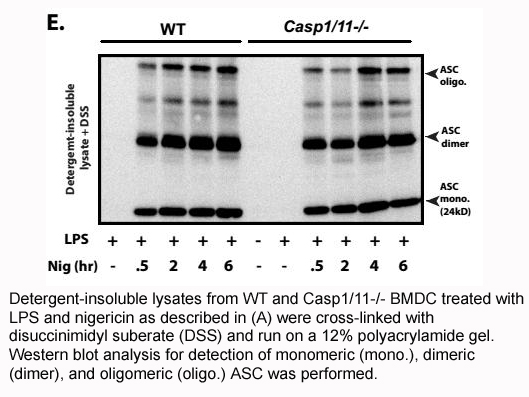
Cholesterol handling in the arterial wall cells Foam cell formation in the arterial intima is a major hallmark of early-stage atherosclerotic lesions, which is attributed to uncontrolled uptake of modified lipoproteins, excess cholesterol esterification and impaired cholesterol release [44]. As a
-
MdHCLB channels expressed in Xenopus oocytes produced curren
2020-11-02
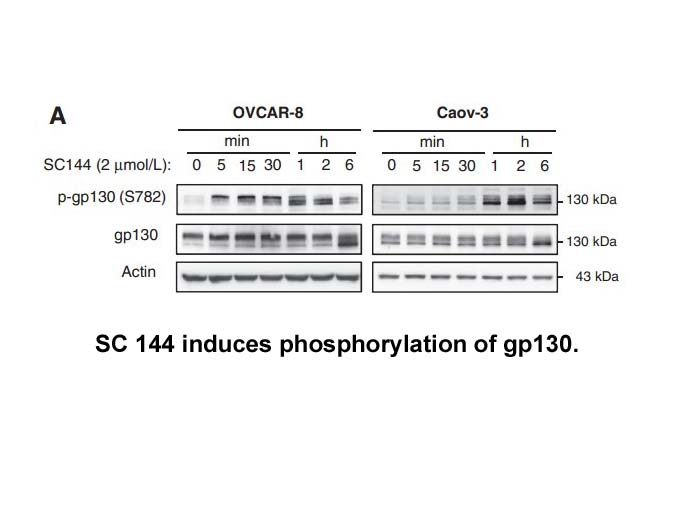
MdHCLB channels expressed in Xenopus oocytes produced currents in response to HA and GABA (Fig. 1, Fig. 3). This is in agreement with the findings with Drosophila HCLB channels (Gisselmann et al., 2004). In the HA concentration-response curves, the effects of GABA were additive to those of HA only i
-
br Chk and Chk mediated
2020-11-02
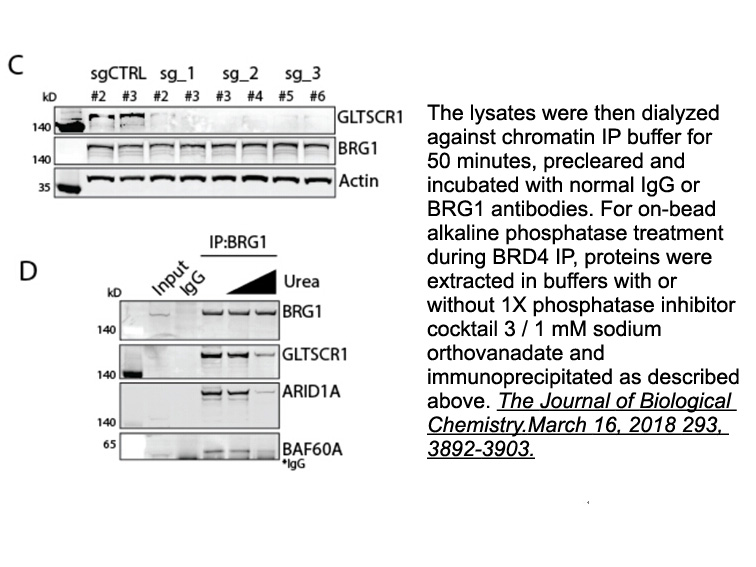
Chk 1 and Chk 2 mediated signaling act as a barrier to tumorigenesis It was hypothesized recently that early events during tumorigenesis, such as the overexpression of oncogenes, lead to a DNA-damage response which, in turn halts tumor progression [44], [45], [46]. The DNA-damage response is prop
-
Recent pharmacological and clinical studies
2020-11-02

Recent pharmacological and clinical studies suggested that estetrol (E4) should also be considered as an interesting candidate for MHT (Abot et al., 2014; Mawet et al., 2015). E4 is naturally produced from E2 and estriol (E3) via 15α- and 16α-hydroxylase by the human fetal liver during pregnancy and
-
br Conclusion br Acknowledgments This work was supported
2020-11-02
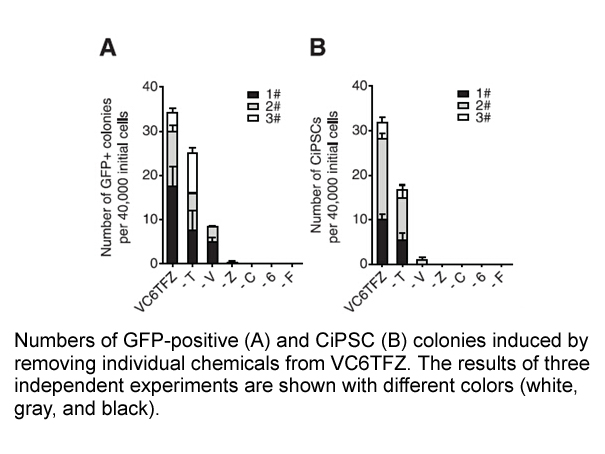
Conclusion Acknowledgments This work was supported by Progetto PON - “Ricerca e Competitività 2007–2013” - PON01_01802: “Sviluppo di molecole capaci di modulare vie metaboliche intracellulari redox-sensibili per la prevenzione e la cura di patologie infettive, tumorali, neurodegenerative e lor
-
Both receptors belong to the
2020-11-02
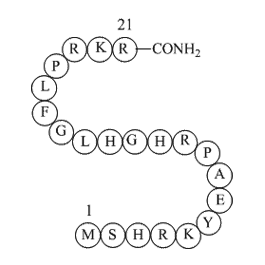
Both receptors belong to the large family of G protein-coupled receptors (GPCRs) [4,5], which often appeared as monomers, dimers and higher order aggregates [6,7]. There is evidence that these receptor-complexes can modulate the functionality and the pharmacology of the receptors [8,9] by sequesteri
-
Regarding their reported beneficial properties on
2020-11-02

Regarding their reported beneficial properties on the digestive tract, the aim of this study was to evaluate the effect of water extracts of three Hypericum sps., HP, HA, HU and some of the main phenolic compounds (Ch, R and Q) on DNA protection against oxidative and alkylating DNA damage induced by
-
br Conclusion br Funding source br Ethical approval br
2020-11-02
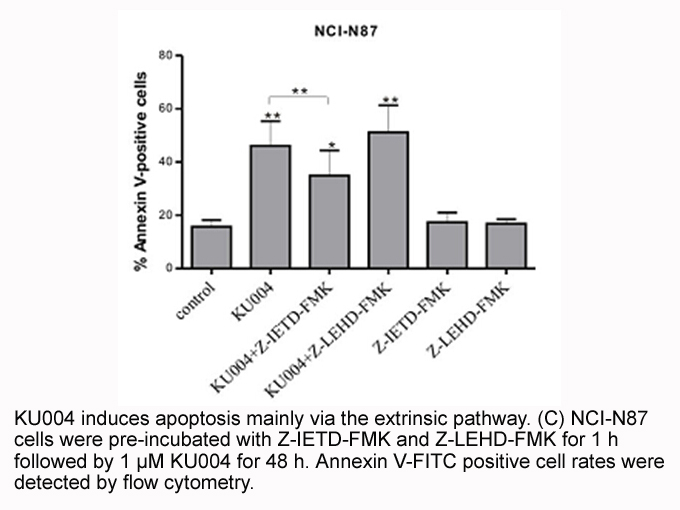
Conclusion Funding source Ethical approval Conflict of interest statement Introduction Traditionally, schizophrenia (SZ) was thought to be associated with neuronal dysfunction; however, the current hypothesis that myelin and, specifically, oligodendrocytes are also involved in the dev
-
br Acknowledgement This work was supported by
2020-11-02
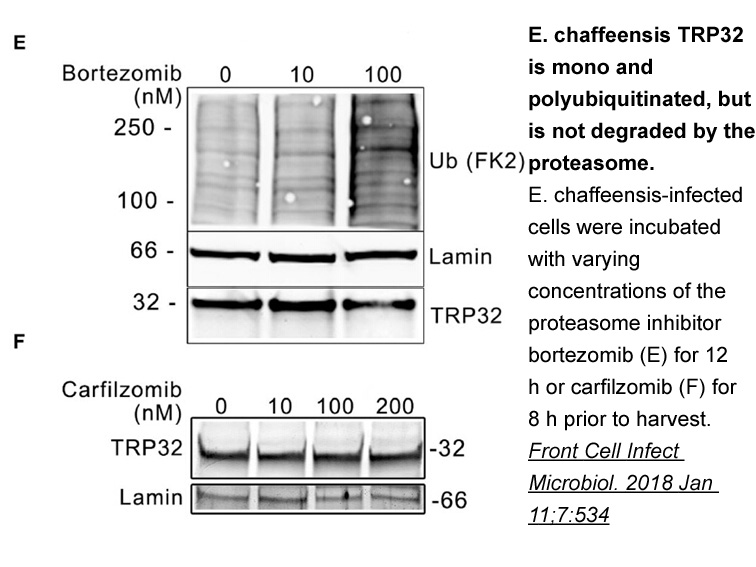
Acknowledgement This work was supported by grant form EU (FP7 grant agreement no.: 266033 SPonge Enzyme End Cell for Innovative AppLication-SPECIAL). Introduction Prolyl 4-hydroxylases (P4Hs) have central roles in the synthesis of collagens and the regulation of oxygen homeostasis [1]. The po
-
BRD-K4477 sale In brief while previous studies have evaluate
2020-11-02

In brief, while previous studies have evaluated the individual roles of VDR and ER signaling pathways in breast cancer, in the present study we performed an in silico approach for comparative evaluation of these pathways. Considering the complex interaction networks in the context of cancer, such co
-
A decrease in heme levels enables the phosphorylation of eIF
2020-10-31
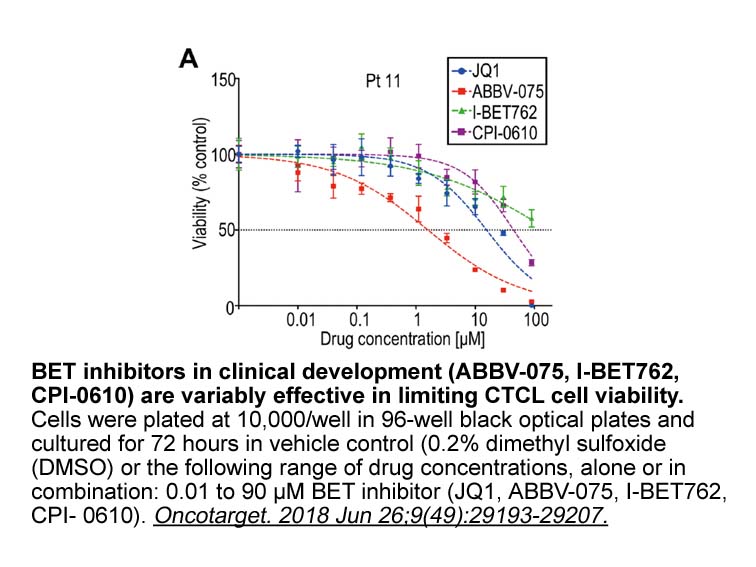
A decrease in heme levels enables the phosphorylation of eIF2α by HRI and thereby inhibition of eIF2α activity. Indeed, the relatively small change in cytosolic heme levels in SZ BOP reagent showed downstream functional consequences manifested by almost 50% elevation in the phosphorylation of eIF2α
-
As mentioned above EBI and its
2020-10-31
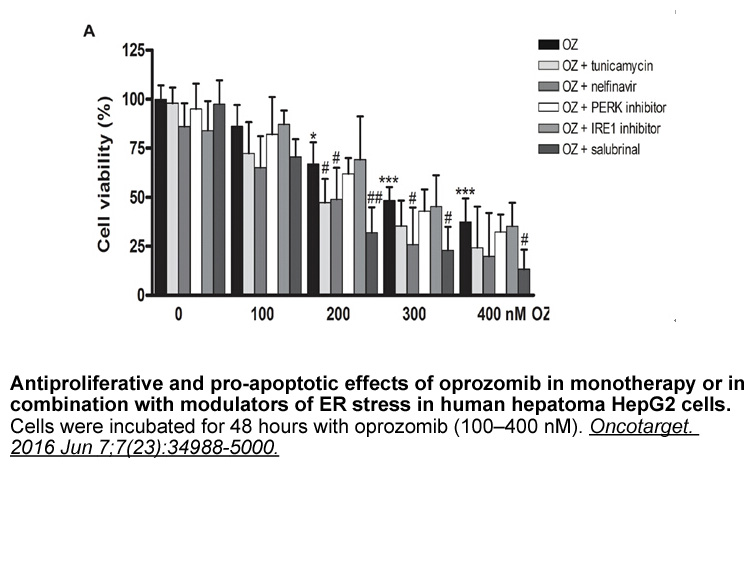
As mentioned above, EBI2 and its ligand show some similarities to the sphingosine 1-phosphate (S1P)/S1P-receptor system, which mediates T cell egress from lymph nodes. Blockade of this system yielded in the first oral drug for MS patients named fingolimod. Therefore, the hope that EBI2 deficiency wo
-
In the past few years neuroprotection via GLP R activation
2020-10-31
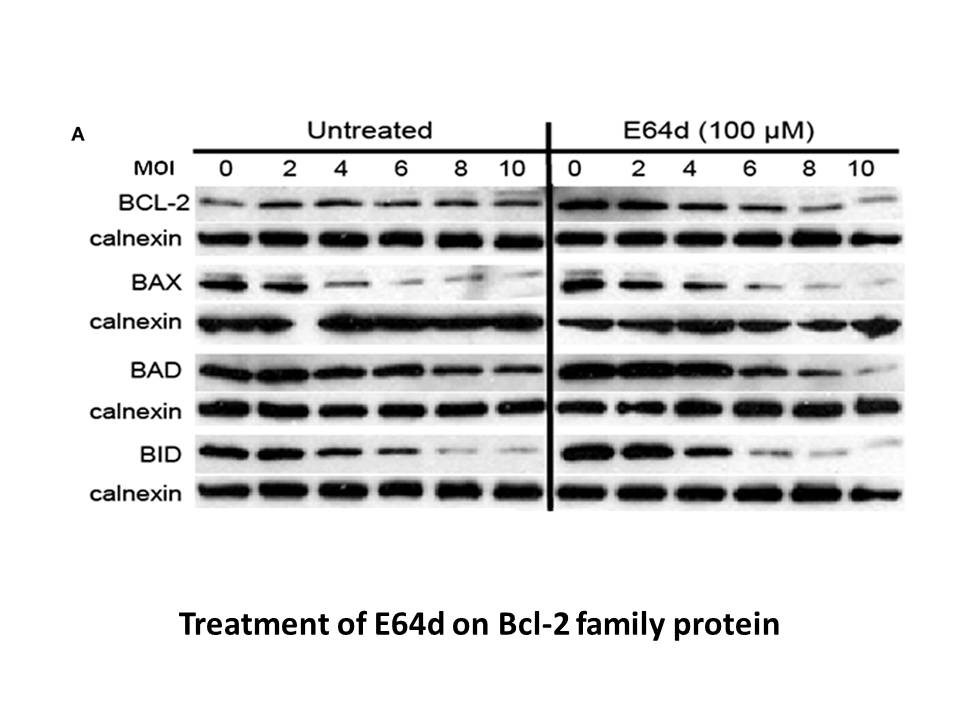
In the past few years, neuroprotection via GLP-1R activation has been shown in several animal models of stroke, Alzheimer\'s, Parkinson\'s, Huntington\'s, ALS and traumatic BLU 9931 injury. This research field is rapidly growing and several reviews have been recently published (Darsalia et al., 2014
-
The other scenario pertaining to the
2020-10-31
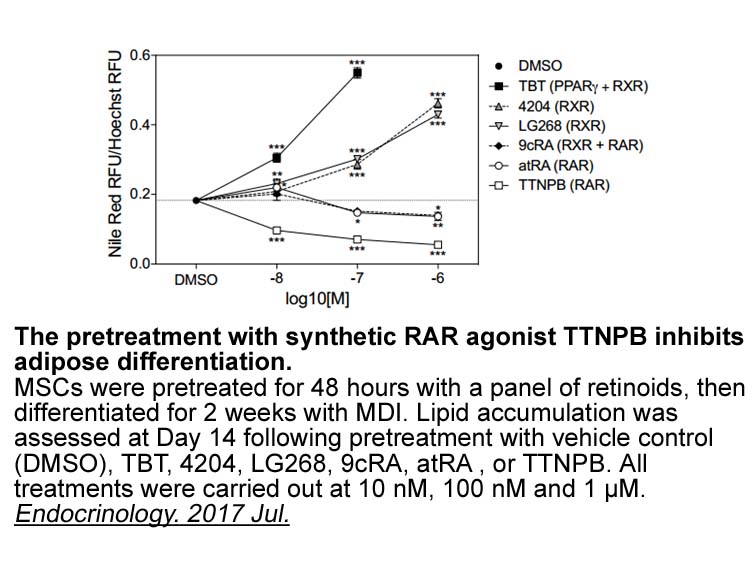
The other scenario pertaining to the significance of H2AX phosphorylation is based on the fact that the initiation of DNA fragmentation by CAD facilitates the chromatin condensation that occurs concurrently [15]. Apoptotic DNA fragmentation and chromatin condensation are important for the efficient
-
Studies also provide evidence that
2020-10-31
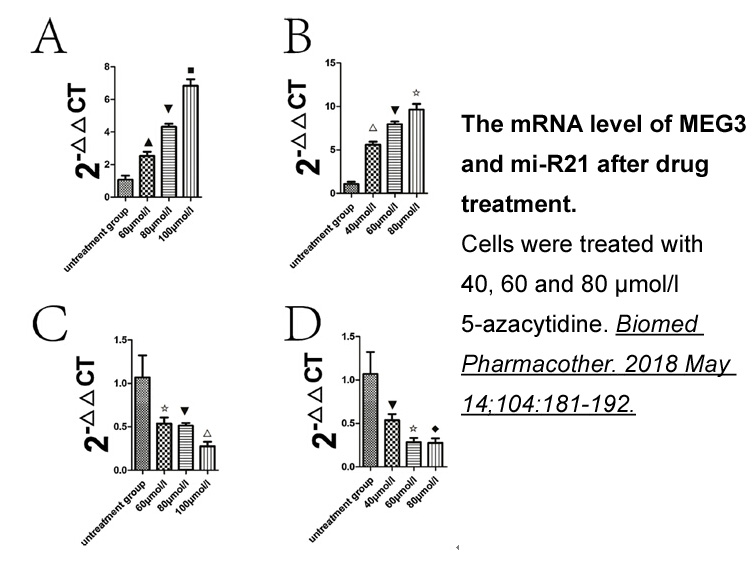
Studies also provide evidence that cytokines such as TGF-β, a TH3-type cytokine, may also play a role in airway remodeling. Data obtained by Cohen et al suggest that TGF-β1 can induce human BSMC proliferation by increasing the expression of IGFBP-3. Hence, the mitogenic action of TGF-β1 could be rel
14878 records 758/992 page Previous Next First page 上5页 756757758759760 下5页 Last page